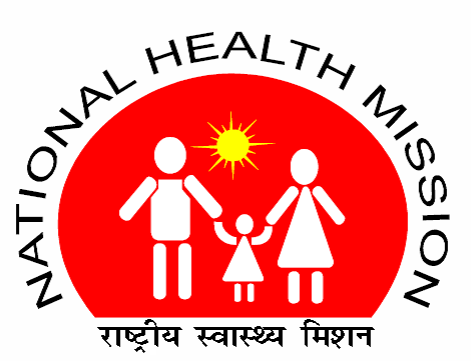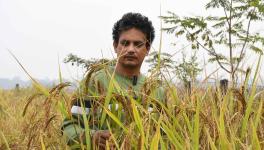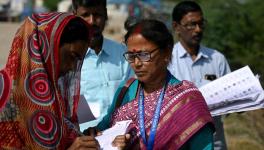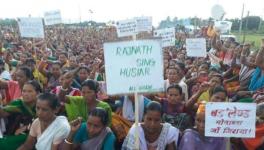Stopping NHM Funding to Weaken Health Infrastructure in West Bengal: Public Health Expert

Kolkata: The Central government's decision to stop its funds to West Bengal under the National Health Mission will further weaken an already-ailing public health infrastructure.
As per sources, 10,315 subsidiary health centres will face operational issues. The subsidiary health centres, also known as subcentres, form the backbone of the rural health infrastructure.
NewsClick talked to Dr Subarna Goswami, additional general secretary of the All India Federation of Government Doctors' Association, to understand the situation.
Goswami said that the subcentres came into existence in West Bengal after India's independence following the Bhore committee's recommendations. The committee recommended a health centre for every 5,000 people in the plains. For the hills, the criteria was one health centre for every 3,000 people.
During its first term, the Narendra Modi government started the Ayushman Bharat insurance model in 2017. It also proposed that subcentres be denoted as health and wellness centres with upgradation and extra workforce.
Until now, the subcentres mainly provided treatments for infectious diseases, post-natal and neonatal care, and family planning services. From now on, the list of services will also include treatments for non-infectious diseases like heart disease, stroke, hypertension, diabetes and cancer.
"Due to these changes, the recruitment process of health professionals started with trained nurses catering for health and wellness centres. About 4,000 centres have been upgraded to health and wellness centres, and the rest, 7,000, are denoted as subsidiary health centres (waiting to be upgraded to health and wellness centres)," Goswami said.
Goswami added that these 11,000 centres used to get untied funds from the health mission since 2005 (UPA 1).
"These untied or contingency funds were used to support the bills for hiring contractual employees, electricity bills, xerox costs, etc. The untied funds are yet to be released this year."
Goswami said that medicine procurement has also been affected.
"Even vaccines for children are not in supply. Those children who are supposed to get vaccines at nine months are not getting them on time. They have yet to get them even after a year. Another crisis is in the field of diabetes medicines. Poor people are not getting medicines; not even paracetamols and salines are available in the hospitals. They are the people who are dependent on the state-run health network and are facing the worst scenario by not having adequate money to go to private hospitals or private centres. A crisis has set in the government-run health care system in the state."
Last week, the Central government asked the states to rebrand the health and wellness centres as Arogya Mandirs.
"By branding them as 'Mandirs,' they are excluding the minority population as they would be uncertain to enter a Mandir."
Staffing in State-run Health Sector
As per West Bengal Rural Health Survey 2021, the vacancies for doctors in the state have increased in the last 16 years. In 2004, as many as 441 positions were vacant; that number has increased to 578 in 2021.
The number of sanctioned posts marginally decreased in this period, from 1,560 in 2005 to 1,533 in 2021, a trend not visible in other states.
Nursing Staff in PHCs in Rural Areas
In the case of nursing staff vacancies, the state showed a similar trend compared with the countrywide picture; in 2005, there were 422 vacancies, which increased to 1,688 in 2021. Against 7,597 sanctioned posts, only 5,909 have been filled.
Each sub-centre in the overall healthcare system in West Bengal covers a population of around 5,000-7,000. Only Uttar Pradesh, Jharkhand, and Bihar fare worse in this parameter. Each Primary Health Centre (PHC) covers a population of over 50,000, putting the state among the lowest-rung ones, along with UP, Bihar and Jharkhand.
According to experts, there is no improvement in primary health, and the target of 50,000 catering to one PHC still needs to be achieved. More than 5,000-5,500 PHCs are yet to be constructed. In West Bengal, many PHCs need medical professionals.
Get the latest reports & analysis with people's perspective on Protests, movements & deep analytical videos, discussions of the current affairs in your Telegram app. Subscribe to NewsClick's Telegram channel & get Real-Time updates on stories, as they get published on our website.
























